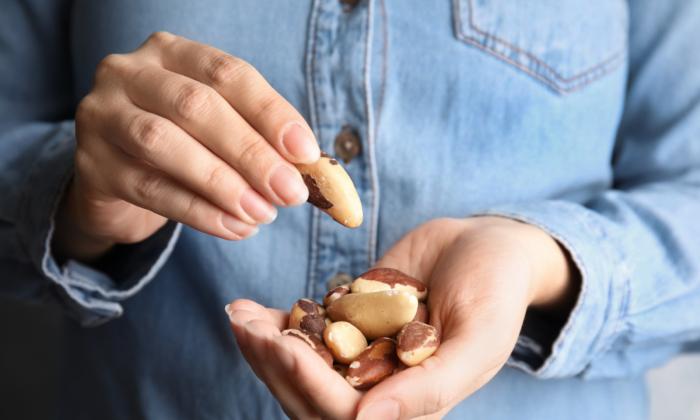Nutritionally speaking, carbohydrates usually amount to little more than sugar, and in the current dietary vernacular, sugar means bad.
But is this fair?
Not really. Although carbohydrates are sugars, starches, and fiber, (but mostly sugar), they aren’t inherently bad. Not all sugar is bad, believe it or not. In fact, your body needs sugar to run. Glucose (stored sugar) is your body’s preferred source of energy. Sugar allows your muscles and organs to do their work.
Like other things, carbohydrates can be a force for both good and evil. It usually comes down to dose and source. If you’re eating too many carbohydrates and getting them from the wrong places, they can cause devastating effects like weight gain, heart troubles, Type 2 diabetes, liver disease, and more.
So, how do you distinguish between good and bad?
It’s quite easy.
If it comes naturally in a food—such as a fruit, vegetable, grain, or dairy—it’s a high-quality carbohydrate. If it comes in a box or plastic package—especially in the form of an added sugar or hyper-processed grain—it can be dangerous. That includes most snacks, soft drinks, fast foods, and other processed foods such as white bread.
Fruit, vegetables, dairy, and grains all feature natural sugars. But the sugar is in low doses and comes along with a host of other nutrients. Fruits, vegetables, and most grains contain fiber, as well, which helps with sugar absorption. This means blood sugar levels are highly unlikely to spike.
Dairy can be tricky. Dairy contains lactose, a naturally occurring sugar, in generally low amounts. But flavored yogurts have sugar added, making them more like junk food than a healthy snack. So, when it comes to yogurt, go plain and add fruit for some sweetness and high-quality carbohydrates.
Fruit juices can be confusing, too. They are made from fruit, but they can have very high sugar concentrations without fiber to act as a buffer. Instead of drinking your fruit in the form of juice, eat it whole. That can include mashed up in a smoothie.
Take a look at the ingredients of packaged food. When you see terms ending in “ose,” including high-fructose corn syrup, you can almost guarantee it’s a bad carbohydrate.
On the other hand, it’s a good carbohydrate when food comes from the produce section and is unpackaged. Further, if it’s a brown grain, it’s likely a good carbohydrate.
Use good carbs to make up roughly half your daily caloric intake, and there’s a great chance you’ll have a low risk of illness and a highly functional body.





